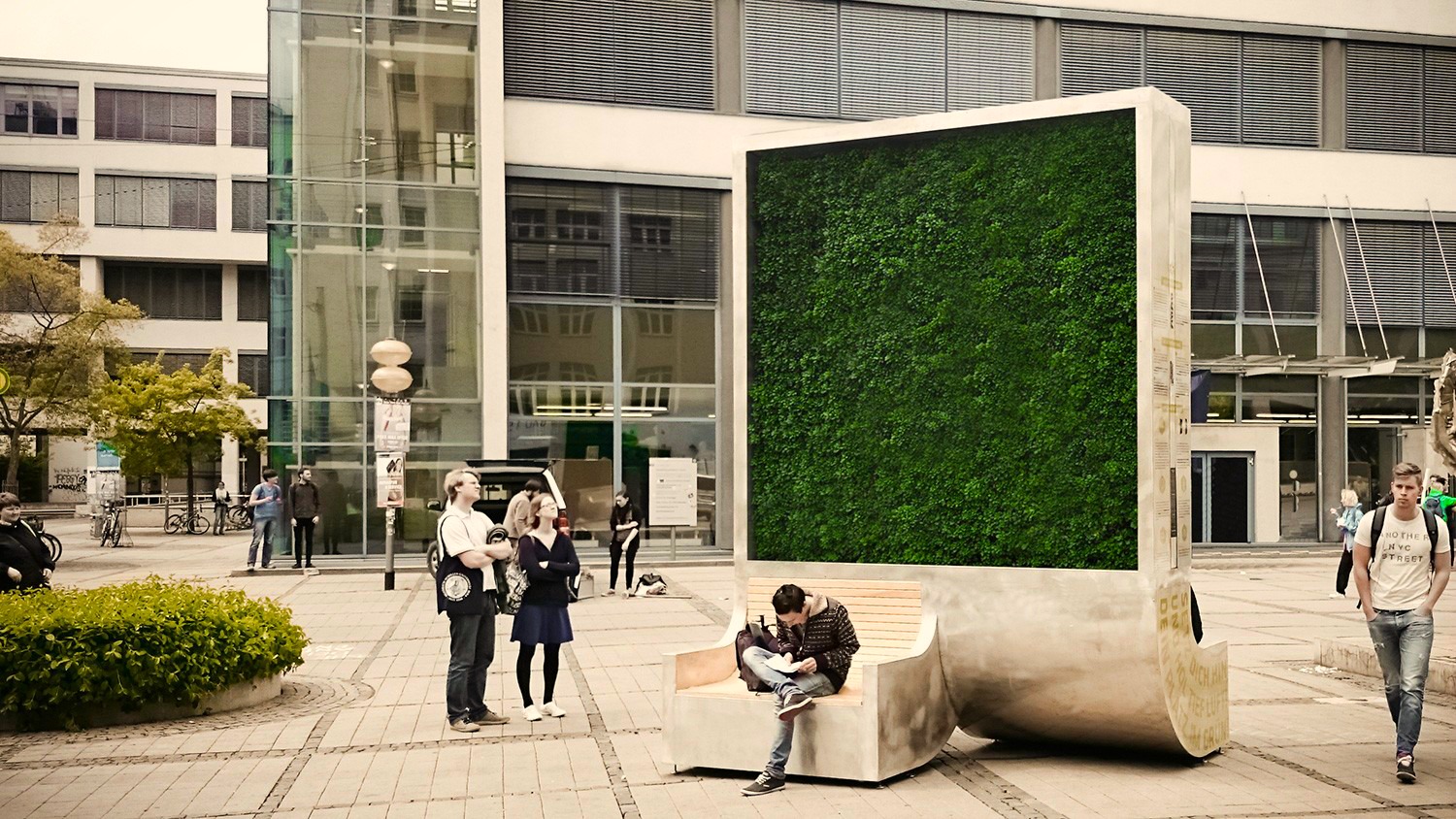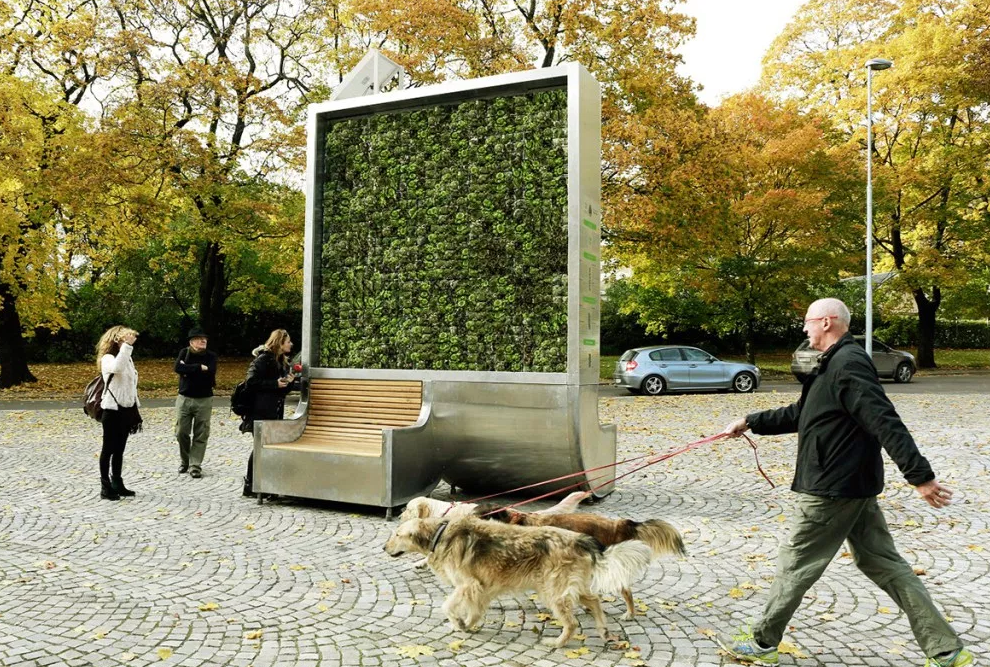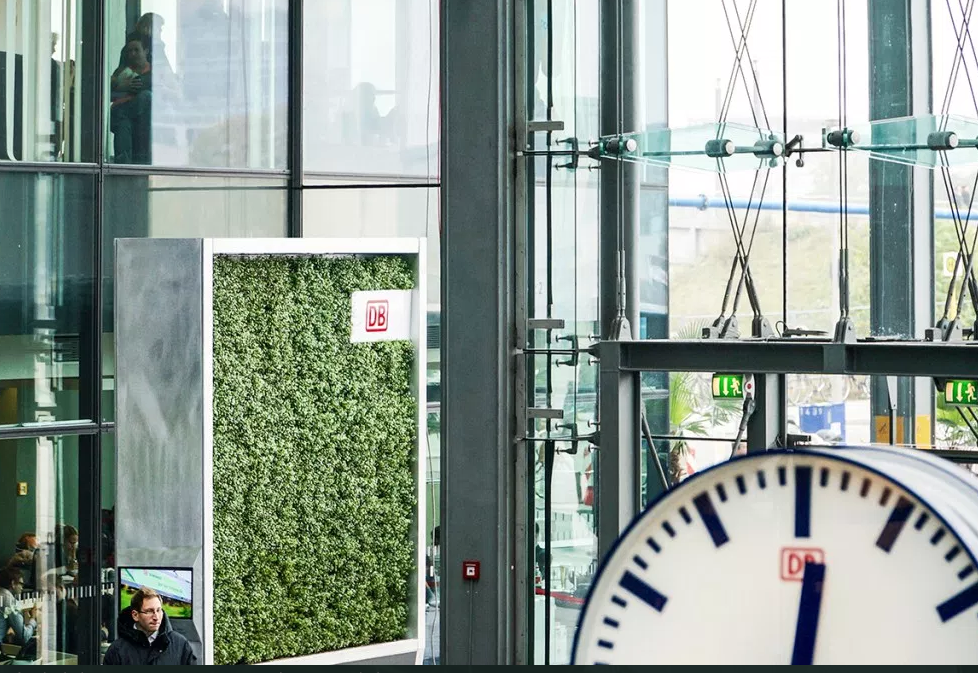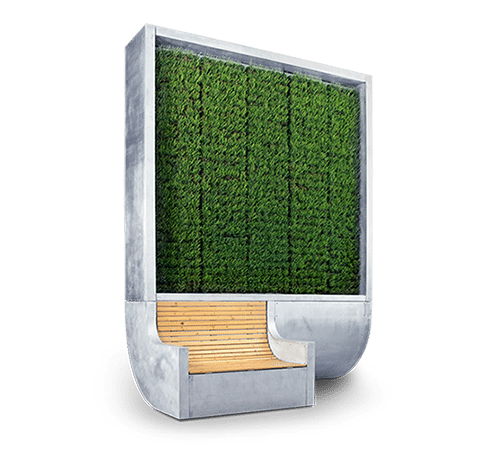 Way back in undergraduate studies, I developed a project for a pedestrian street mall in Vancouver, British Columbia. The conceptual framework of car-free zones in cities was a contentious one at the time with some notable failures but the idea of removing cars from urban zones was a key driver of my design. This has been proven somewhat more feasible over time, with a range of urban projects that use tactical, pedestrian focused, or car-free solutions to make better urban zones. The merits of this is for another post, however, one of the focal points of the project was addressing the harsh conditions that urban trees inhabit, and trying to both maximize their health while leveraging their multiple benefits.
Way back in undergraduate studies, I developed a project for a pedestrian street mall in Vancouver, British Columbia. The conceptual framework of car-free zones in cities was a contentious one at the time with some notable failures but the idea of removing cars from urban zones was a key driver of my design. This has been proven somewhat more feasible over time, with a range of urban projects that use tactical, pedestrian focused, or car-free solutions to make better urban zones. The merits of this is for another post, however, one of the focal points of the project was addressing the harsh conditions that urban trees inhabit, and trying to both maximize their health while leveraging their multiple benefits.
As part of this study, I looked at the functions of trees, shade, light filtration, water capture, air purification, and more. (I’ll find and scan this something). The goal was to maximize benefits by adapting concepts from nature (we’d call that biomimicry today) and use them to address the unique conditions that exist in cities (we’d call these novel ecosystems), and provide the visible social, cultural, physiological, and environmental benefits that emerge from nature in cities.(we’d call this biophilia). The result was part art installation and part urban forestry. The concept was simple, blend technology with nature to make better spaces and places for people and nature.
I was struck by the parallels to these smart trees (spotted in an article here via the WEF) by GreenCity Solutions called ‘CityTree‘, a compact installation that mimics many functions, including air cleaning, heat island reduction, energy production, noise abatement, and biodiversity while integrating seating, education and integrated technology. The units go for a pretty steep $25,000 each, but have a high surface area, so perform well in a small footprint. From the article:
“The trees’ inventors estimate that a single structure has the environmental benefits of 275 urban trees, but taking up 99% less space and at just 5% of the cost. Growing on units four metres high and three metres deep, CityTrees are powered by solar panels and collect rainwater in troughs. They also require little maintenance: via the internet of things, soil humidty, nutrient levels and general plant health are monitored and adjusted accordingly. The carbon footprint of producing a CityTree is four tons, which is more than offset in the space of a year: the manufacturer estimates each unit will capture 240 tons of carbon dioxide annually.”
A few images of these in situ.
While not the same as a tree by any stretch (and the idea of these having the ‘environmental benefit of a small forest‘ is sort of a stretch and 5% of the cost is somewhat misleading, as $25k buys you a lot of trees), it’s an interesting parallel to my nascent study, using the much richer tableau of available technologies. It’s not necessarily about replacement, but strategic insertion in zones without space or with high needs. For instance, the use of location analysis to determine the optimum locations.
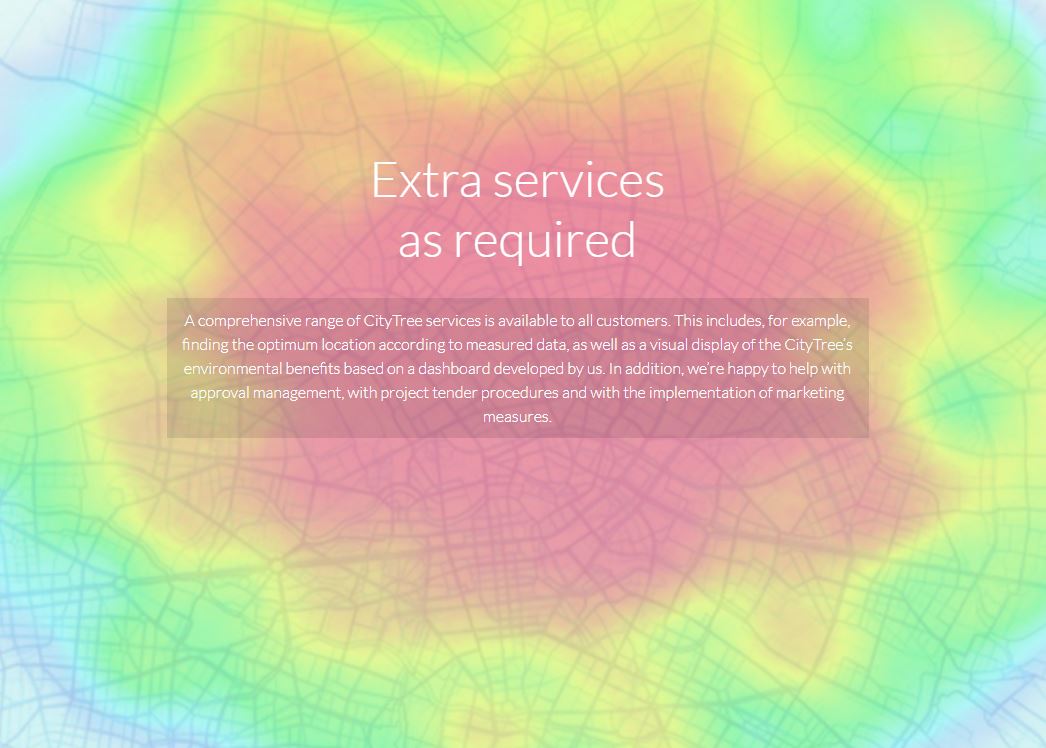
And the potential for a dashboard with environmental benefits allows people to engage in the feedback loop, both to display metrics like air quality, but also to look at maintenance needs. This for instance, would be great to use with weather and precipitation data to fine tune water demand.

While the concept is not to replace trees and the functions they provide for much less input, the idea of augmenting locations where space is at a premium to address areas of pollution hot spots such as high-traffic roadways where air pollution and noise abatement is critical, is worth looking at. The solution is not a silver bullet as well – due to the dispersed nature of air pollution, as mentioned in the CNN article, “Gary Fuller, an expert on air pollution at King’s College London, thinks that the concept of an urban air purifier might be too ambitious. “Even if you had a perfect air cleaner, getting the ambient air in contact with it is really hard,” he told CNN. Pollution from a car exhaust, for example, gets dispersed vertically a few kilometers into the air. “Efforts would be better put into stopping the pollution from forming in the first place, maybe cleaning up a city’s bus fleet,” he added. The CityTree inventors say that they are aware of this and choose the location of each CityTree carefully. “We intentionally pick spots where pollution is heavy due to traffic and air flow is limited. We are also testing a ventilation system to create our own air flow that gets the pollution to the tree.”
While the smartest trees are perhaps those shaped by nature, there is room for our human ingenuity to adapt the key principles into our cities.
